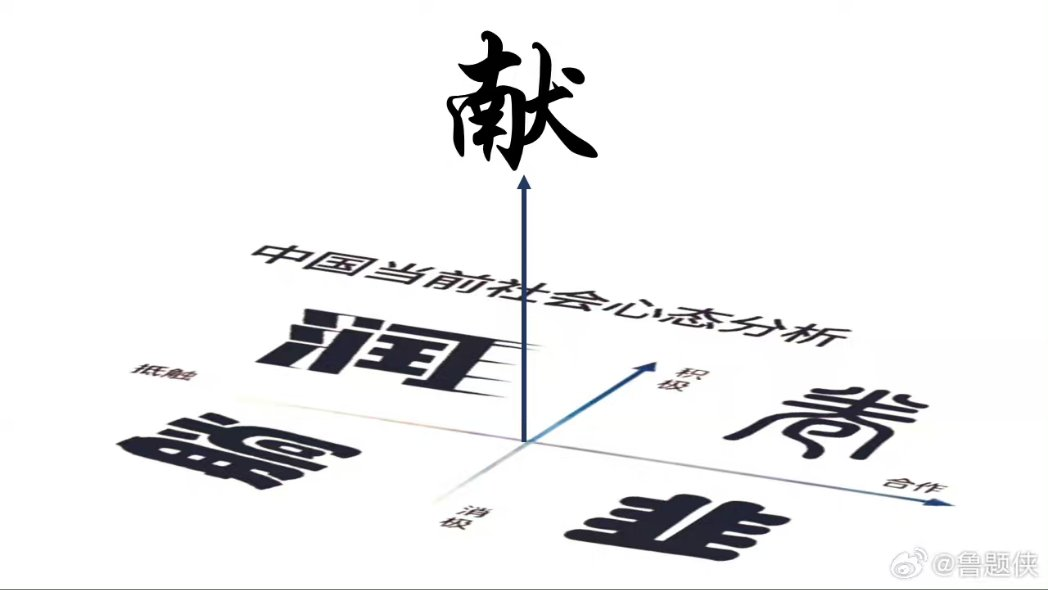“Four Won’t Youth” (四不青年, sì bù qīngnián) is the latest appellation for discontented youth, who in this case “won’t date, won’t marry, won’t buy a home, and won’t have kids.”
Four Won’t Youth, like other similar terms (lying flat, involution, Kong Yiji), make the Party-state nervous. A document floating around the internet and purported to be from the Guangzhou branch of the Communist Youth League claims that of 15,501 surveyed youth, 1,215 could be classified as Four Won’t Youth. The document calls for an effort to transform these young people into “Four Will Youth,” who are willing to go out on dates, get hitched, purchase real estate, and procreate. Screenshots of the alleged document have been censored on Weibo.
The Party-state is deeply concerned about record-low marriage and birth rates. Crackdowns on LGBTQ+ groups and a raft of natalist policies seem intended to address both phenomena. Some Chinese young people, however, are deciding against having children for complex reasons including material hardships, economic uncertainty, high housing prices, continued gender inequality, and global shifts in family dynamics. Online, many use the phrase, “Don’t carelessly bring innocents into this world.” Others share a quote attributed (probably apocryphally) to the late writer Eileen Chang (Zhang Ailing), who has recently become wildly popular again:
If a child’s birth
Will but pass on your toils, panics, and poverty—
Perhaps, not procreating is a kindness. [Chinese]
Child-rearing is not considered an option in a viral meme about how to respond to China’s present socio-political crisis. The meme, pictured in the screenshot below, is modeled after the popular “Political Compass” chart and titled “An Analysis of Contemporary Chinese Social Moods.” It shows a chart with four quadrants arranged along two axes. The X-axis represents a spectrum of behaviors ranging from conflict with society to cooperation with it, and the Y-axis ranges from an active response to a passive response. The four quadrants represent four possible actions: run, which is conflict-active; involute, cooperative-active; lie flat, conflict-passive; or be a chive, cooperative-passive. There is also a fifth, off-the-chart option, occupying what might be the Z-axis: “xian,” which is a humorous reference to taking bloody revenge against society, in the manner of the murderous 17th-century rebel leader Zhang Xianzhong.








